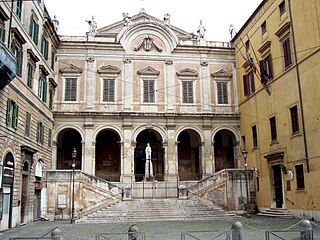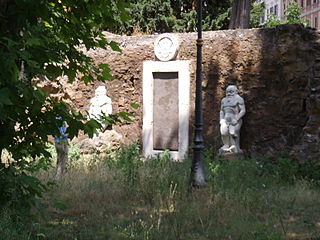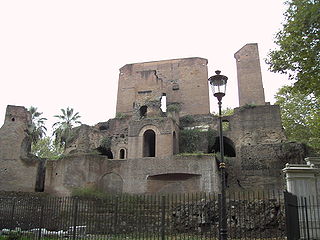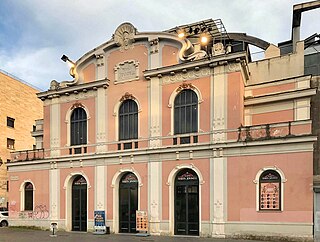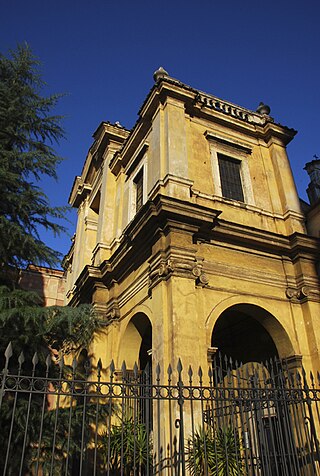Self-guided Sightseeing Tour #7 in Rome, Italy
Legend
Guided Free Walking Tours
Book free guided walking tours in Rome.
Guided Sightseeing Tours
Book guided sightseeing tours and activities in Rome.
Tour Facts
1.2 km
44 m
Experience Rome in Italy in a whole new way with our free self-guided sightseeing tour. This site not only offers you practical information and insider tips, but also a rich variety of activities and sights you shouldn't miss. Whether you love art and culture, want to explore historical sites or simply want to experience the vibrant atmosphere of a lively city - you'll find everything you need for your personal adventure here.
Activities in RomeIndividual Sights in RomeSight 1: Sant'Eusebio all'Esquilino
Sant'Eusebio is a titular church in Rome, devoted to Saint Eusebius of Rome, a 4th-century martyr, and built in the Esquilino rione. One of the oldest churches in Rome, it is a titular church and the station church for the Friday after the fourth Sunday in Lent.
Sight 2: Porta Magica
The Alchemical Door, also known as the Alchemy Gate or Magic Portal, is a monument built between 1678 and 1680 by Massimiliano Palombara, marquis of Pietraforte, in his residence, the villa Palombara, which was located on the Esquiline Hill, near Piazza Vittorio, in Rome. This is the only one of five former gates of the villa that remains; there was a lost door on the opposite side dating them to 1680 and four other lost inscriptions on the walls of the mansion inside the villa.
Sight 3: Ninfeo di Alessandro Severo
The Nymphaeum of Alexander Severus, a monument better known as the "Trophies of Marius", is a fountain of ancient Rome, the remains of which are preserved in the northern corner of Piazza Vittorio Emanuele II in the Esquilino district.
Sight 4: Teatro Ambra Jovinelli
The Teatro Ambra Jovinelli, formerly known just as Teatro Jovinelli, is a theatre located in Rome, Italy.
Wikipedia: Teatro Ambra Jovinelli (EN), Website, Facebook, Instagram, Youtube
Sight 5: Chiesa di Santa Bibiana
Santa Bibiana is a small Baroque style, Roman Catholic church in Rome devoted to Saint Bibiana. The church façade was designed and built by Gian Lorenzo Bernini, who also produced a sculpture of the saint holding the palm leaf of martyrs.
Share
How likely are you to recommend us?
Disclaimer Please be aware of your surroundings and do not enter private property. We are not liable for any damages that occur during the tours.
GPX-Download For navigation apps and GPS devices you can download the tour as a GPX file.
